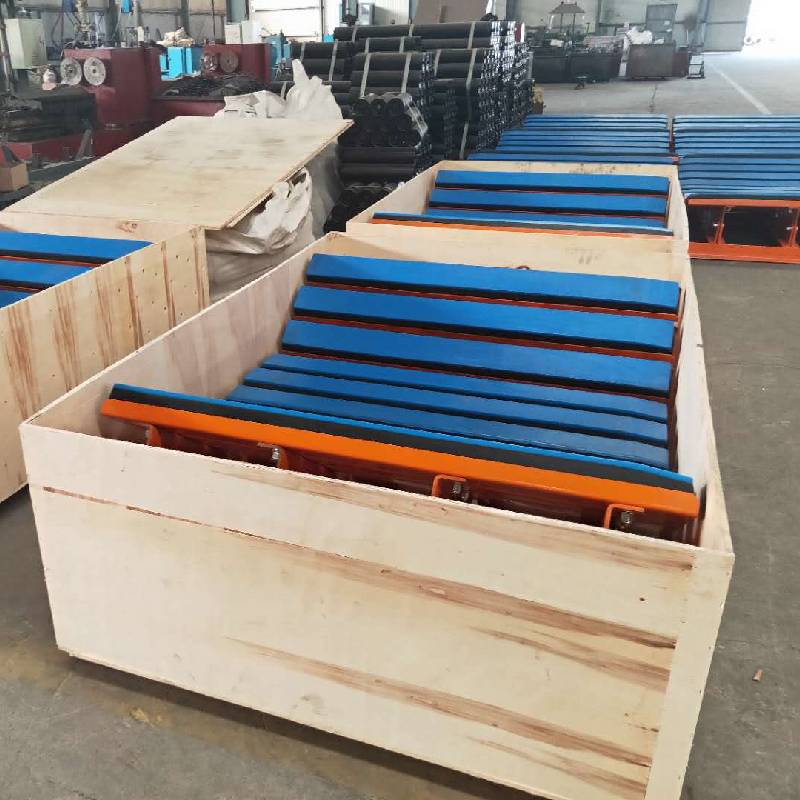 Afrikaans
Afrikaans  Albanian
Albanian  Amharic
Amharic  Arabic
Arabic  Armenian
Armenian  Azerbaijani
Azerbaijani  Basque
Basque  Belarusian
Belarusian  Bengali
Bengali  Bosnian
Bosnian  Bulgarian
Bulgarian  Catalan
Catalan  Cebuano
Cebuano  Corsican
Corsican  Croatian
Croatian  Czech
Czech  Danish
Danish  Dutch
Dutch  English
English  Esperanto
Esperanto  Estonian
Estonian  Finnish
Finnish  French
French  Frisian
Frisian  Galician
Galician  Georgian
Georgian  German
German  Greek
Greek  Gujarati
Gujarati  Haitian Creole
Haitian Creole  hausa
hausa  hawaiian
hawaiian  Hebrew
Hebrew  Hindi
Hindi  Miao
Miao  Hungarian
Hungarian  Icelandic
Icelandic  igbo
igbo  Indonesian
Indonesian  irish
irish  Italian
Italian  Japanese
Japanese  Javanese
Javanese  Kannada
Kannada  kazakh
kazakh  Khmer
Khmer  Rwandese
Rwandese  Korean
Korean  Kurdish
Kurdish  Kyrgyz
Kyrgyz  Lao
Lao  Latin
Latin  Latvian
Latvian  Lithuanian
Lithuanian  Luxembourgish
Luxembourgish  Macedonian
Macedonian  Malgashi
Malgashi  Malay
Malay  Malayalam
Malayalam  Maltese
Maltese  Maori
Maori  Marathi
Marathi  Mongolian
Mongolian  Myanmar
Myanmar  Nepali
Nepali  Norwegian
Norwegian  Norwegian
Norwegian  Occitan
Occitan  Pashto
Pashto  Persian
Persian  Polish
Polish  Portuguese
Portuguese  Punjabi
Punjabi  Romanian
Romanian  Russian
Russian  Samoan
Samoan  Scottish Gaelic
Scottish Gaelic  Serbian
Serbian  Sesotho
Sesotho  Shona
Shona  Sindhi
Sindhi  Sinhala
Sinhala  Slovak
Slovak  Slovenian
Slovenian  Somali
Somali  Spanish
Spanish  Sundanese
Sundanese  Swahili
Swahili  Swedish
Swedish  Tagalog
Tagalog  Tajik
Tajik  Tamil
Tamil  Tatar
Tatar  Telugu
Telugu  Thai
Thai  Turkish
Turkish  Turkmen
Turkmen  Ukrainian
Ukrainian  Urdu
Urdu  Uighur
Uighur  Uzbek
Uzbek  Vietnamese
Vietnamese  Welsh
Welsh  Bantu
Bantu  Yiddish
Yiddish  Yoruba
Yoruba  Zulu
Zulu Jan . 11, 2025 12:18
Back to list
Belt Conveyor Impact Idler
In the realm of material handling and logistics, belt conveyors have become indispensable tools, revolutionizing the way bulk materials are transported. An integral component that ensures the efficiency and longevity of these systems is the impact idler. Despite their often overlooked role, impact idlers are crucial in minimizing wear and tear on belt conveyors, thereby enhancing their performance and lifespan.
Industry professionals advocate for the investment in high-quality impact idlers due to their substantial impact on reducing operational costs in the long run. By minimizing the risk of costly repairs and reducing the frequency of unplanned shutdowns, impact idlers contribute significantly to improving the overall return on investment of a conveyor system. Authoritative research and case studies have documented the positive outcomes of employing impact idlers in various industries, including mining, quarrying, and bulk handling. Companies that have integrated these components into their conveyor systems observe notable improvements, not only in the durability of the equipment but also in operational safety and productivity. Trust is a cornerstone for those investing in conveyor systems. Impact idlers, manufactured by reputable companies, are subjected to rigorous testing and quality control to meet industry standards. Such reliability ensures that when an investment in these components is made, it is backed by years of engineering expertise and commitment to quality. In conclusion, incorporating impact idlers into belt conveyor systems is an expert decision that enhances operational efficiency, reduces costs, and ensures reliability. As integral elements in the protection and longevity of conveyors, impact idlers cement their place as a staple in the design and maintenance of efficient, high-performance material handling systems.


Industry professionals advocate for the investment in high-quality impact idlers due to their substantial impact on reducing operational costs in the long run. By minimizing the risk of costly repairs and reducing the frequency of unplanned shutdowns, impact idlers contribute significantly to improving the overall return on investment of a conveyor system. Authoritative research and case studies have documented the positive outcomes of employing impact idlers in various industries, including mining, quarrying, and bulk handling. Companies that have integrated these components into their conveyor systems observe notable improvements, not only in the durability of the equipment but also in operational safety and productivity. Trust is a cornerstone for those investing in conveyor systems. Impact idlers, manufactured by reputable companies, are subjected to rigorous testing and quality control to meet industry standards. Such reliability ensures that when an investment in these components is made, it is backed by years of engineering expertise and commitment to quality. In conclusion, incorporating impact idlers into belt conveyor systems is an expert decision that enhances operational efficiency, reduces costs, and ensures reliability. As integral elements in the protection and longevity of conveyors, impact idlers cement their place as a staple in the design and maintenance of efficient, high-performance material handling systems.
Next:
Latest news
-
Revolutionizing Conveyor Reliability with Advanced Rubber Lagging PulleysNewsJul.22,2025
-
Powering Precision and Durability with Expert Manufacturers of Conveyor ComponentsNewsJul.22,2025
-
Optimizing Conveyor Systems with Advanced Conveyor AccessoriesNewsJul.22,2025
-
Maximize Conveyor Efficiency with Quality Conveyor Idler PulleysNewsJul.22,2025
-
Future-Proof Your Conveyor System with High-Performance Polyurethane RollerNewsJul.22,2025
-
Driving Efficiency Forward with Quality Idlers and RollersNewsJul.22,2025
OUR PRODUCTS





























